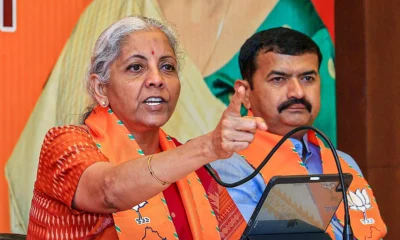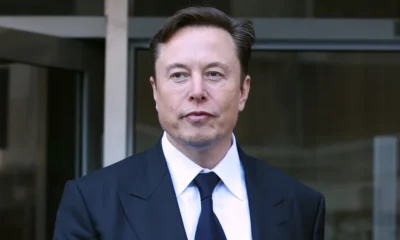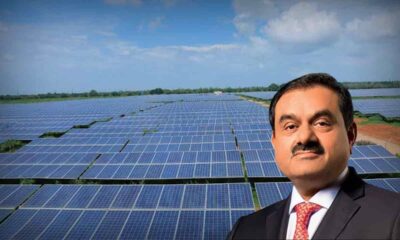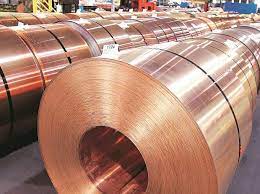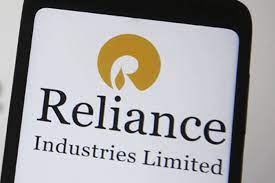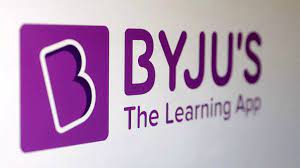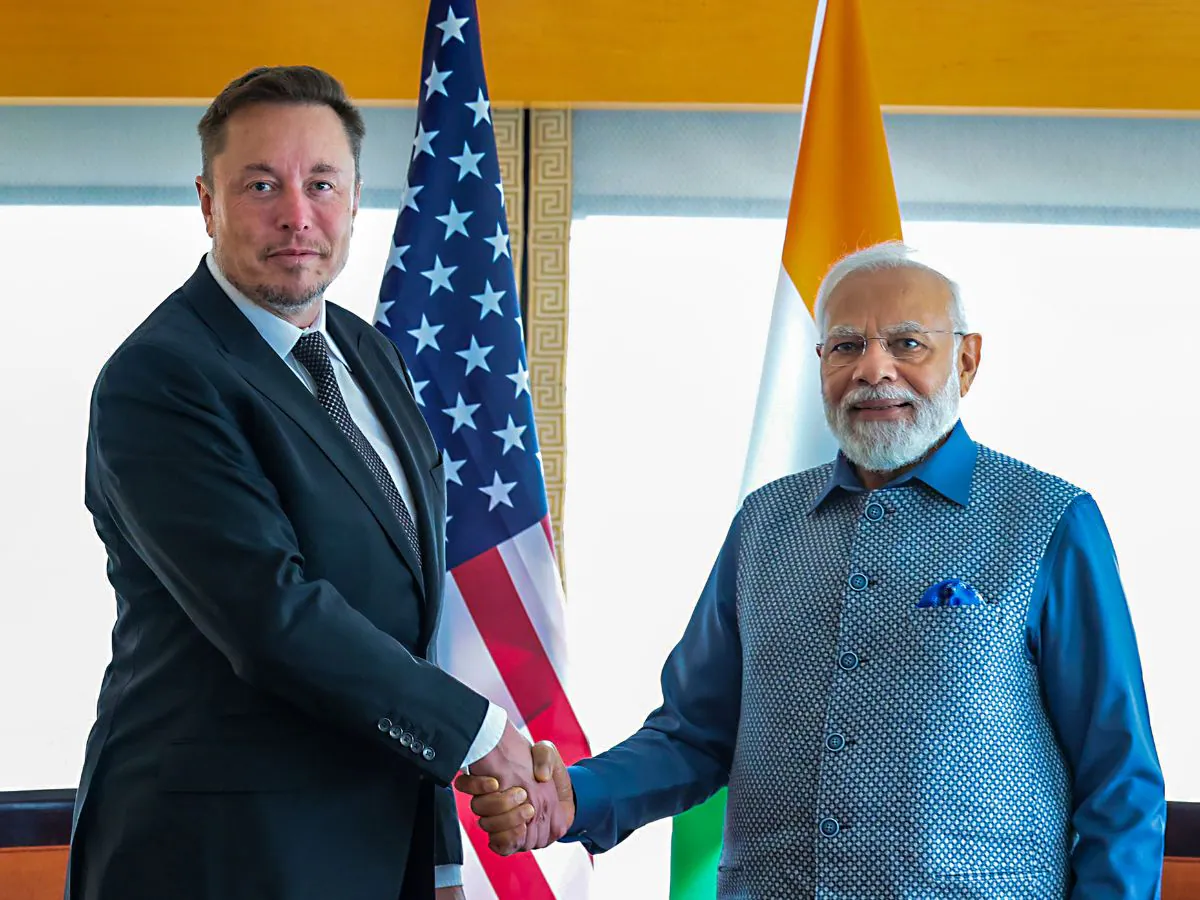Business
Ramkrishna Forgings gets Rs 270 cr order for Vande Bharat train-set

The Daily Guardian is now on Telegram. Click here to join our channel (@thedailyguardian) and stay updated with the latest headlines.
For the latest news Download The Daily Guardian App.
Business
Apple plans to hire 500,000+ employees in India by 2027
Business
Metal price surge boosts Hindustan copper shares to 13-year high: up over 8%
Business
RIL net profit falls1.8% to Rs 18,951 cr yoy, revenue up 10.8 % on O2C, consumer biz
Business
Byju’s Pays Partial March Salaries Ahead of Investor Dispute Hearing
Auto
Tesla slashes prices by $2,000 on 3 EVs amid 39% YTD share drop due to falling sales
Auto
Musk delays India visit due to ‘Heavy Tesla obligations
-

 Opinion2 years ago
Opinion2 years agoPakistan-China nexus trying to sow doubts in Indian society about governance systems
-

 Fashion7 years ago
Fashion7 years agoThese ’90s fashion trends are making a comeback in 2017
-

 Entertainment7 years ago
Entertainment7 years agoThe old and New Edition cast comes together to perform
-

 Entertainment7 years ago
Entertainment7 years agoThe final 6 ‘Game of Thrones’ episodes might feel like a full season
-

 Opinion2 years ago
Opinion2 years agoEnvironment day with a missing spring and lost souls
-

 Business News2 years ago
Business News2 years agoIndia Becomes World’s 5th Biggest Economy
-

 Policy&Politics2 years ago
Policy&Politics2 years agoA successful SME must understand his 5 wives
-

 Business News2 years ago
Business News2 years ago‘75K STARTUPS DEFINE THE POWER OF INNOVATION’





